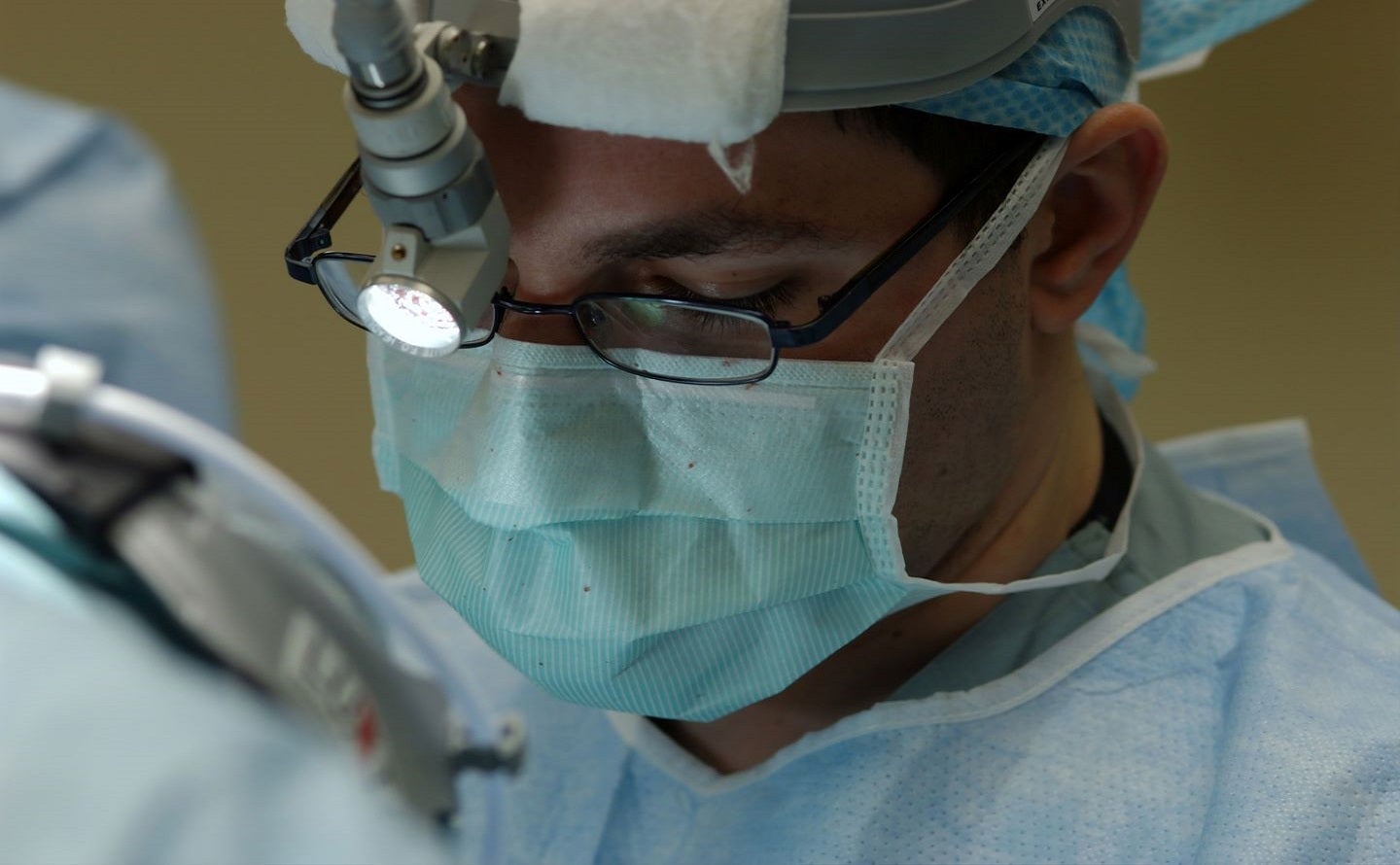
Pulse Biosciences has collaborated with CardioNXT for the Nanosecond Pulsed Field Ablation (nsPFA) cardiac catheter first-in-human study.
Under the deal, the companies will integrate Pulse Biosciences’ nsPFA circumferential cardiac catheter with CardioNXT’s iMap navigation and mapping system.
This integration will allow electrophysiologists to visualise individual cardiac structures and position the nsPFA catheter to circumferentially ablate targeted pulmonary veins to treat atrial fibrillation (AF).
CardioNXT CEO Jerome Edwards said: “We are excited to partner with Pulse Biosciences to advance our shared mission of improving cardiac therapy while further demonstrating the versatility of iMap.
“Pulse’s nsPFA technology provides a highly differentiated catheter-based solution and the integration with our system has the potential to provide fast, accurate, effective and safe zero-fluoro ablation of cardiac tissue for the treatment of AF.”
The nsPFA technology has been designed for the delivery of nanosecond pulses of electrical energy to non-thermally clear cells while leaving adjacent noncellular tissue.
Pulse Biosciences is focusing more on the development of its nsPFA technology for use in AF treatment, as well as in a select few other markets where it could have a positive impact on healthcare.
Pulse Biosciences CEO Kevin Danahy said: “The CardioNXT navigation and mapping system was our top choice for integration with our novel nsPFA cardiac circumferential catheter.
“Their iMap system offers dynamic referencing to provide superior accuracy and stability when navigating our catheter to targeted tissue areas.”



